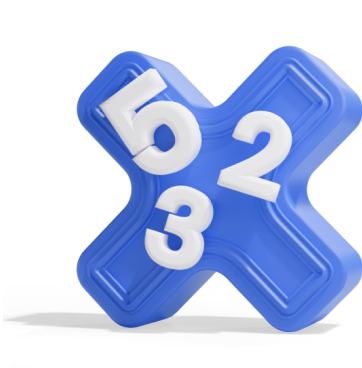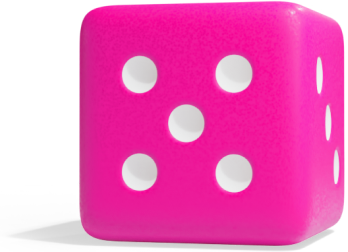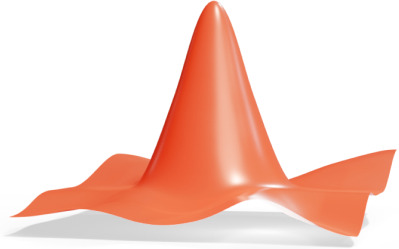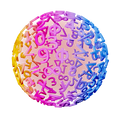8th grade Q2
To illustrate the truthfulness of an if-then statement (), you can use a truth table to evaluate all possible combinations of the hypothesis () and conclusion ().
The truth table shows when the statement is true or false based on the truthfulness of the hypothesis and conclusion.
Truth Table for an If-Then Statement
The statement "If , then " () is:
- False only when is true and is false.
- True in all other cases.
This can be represented using a truth table.

Explanation
- Row 1: If is true and is true, the statement is true.
- Row 2: If is true and is false, the statement is false (the only case where is false).
- Row 3: If is false, is true regardless of .
- Row 4: If is false and is false, is true.
The third row may surprise you. Think of it like this: There are situations where the outcome still happens, even though the assumption didn't.
For instance:
"If a shape has 4 sides, then it is a polygon".
Now consider a pentagon:
- The shape has 5 sides. The assumption is false.
- The shape is a polygon. The conclusion is true.
Example
Statement: "If I study, then I will pass the test."
- Hypothesis: "I study" ().
- Conclusion: "I will pass the test" ().

Note
- The statement is false only if you study () and still fail the test ().
- In all other scenarios, the statement is true, regardless of whether you studied or not.
Key Points:
- Truth tables illustrate the conditions under which an if-then statement is true or false.
- Understanding the truth table provides a systematic way to analyze the truthfulness of a statement.




















